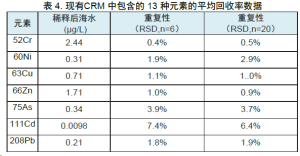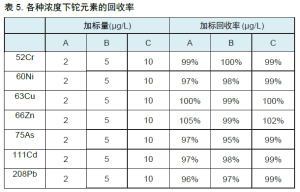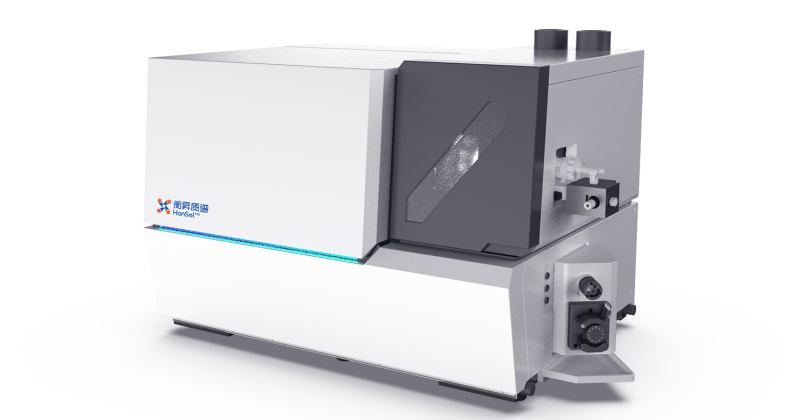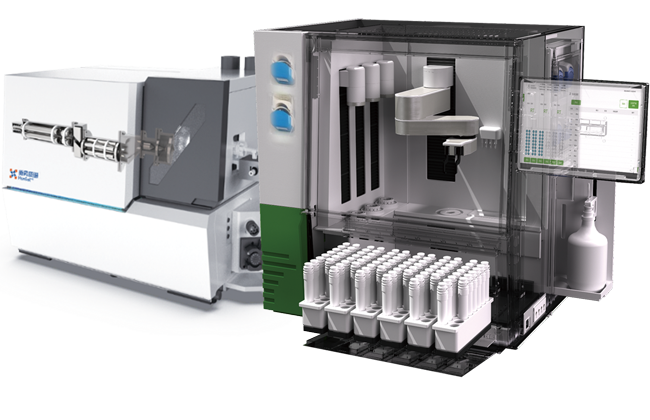Application Preface
As a core component of the Earth’s life system, the stability of the marine ecological environment plays an irreplaceable role in maintaining biodiversity, regulating the global climate, and ensuring human sustainable development. However, with the acceleration of industrialization and urbanization, heavy metal pollution has become a major environmental issue threatening marine ecological security. Heavy metals (such as lead, cadmium, copper, zinc, arsenic, etc.) enter the ocean through industrial wastewater discharge, agricultural fertilizer and pesticide runoff, atmospheric deposition, and ship transportation. They are persistent, bioaccumulative, and highly toxic, which can cause deformities and death in marine organisms and ultimately harm human health through the food chain. Therefore, accurately determining the content of heavy metals in seawater is of great significance for evaluating marine pollution levels, formulating pollution prevention and control strategies, and ensuring the sustainable use of marine resources. At present, the main methods for determining heavy metals in seawater include atomic absorption spectrometry (AAS), inductively coupled plasma mass spectrometry (ICP-MS), atomic fluorescence spectrometry (AFS), and electrochemical analysis. Among them, ICP-MS has the advantages of simultaneous multi-element analysis and low detection limits. With the continuous advancement of science and technology, new determination methods and technologies have emerged to meet different testing needs. This paper focuses on the application of the Hansel iQuad 2300 ICP-MS with the standard addition method to test the elements Cr, Ni, Cu, Zn, As, Cd, and Pb in seawater.
Conclusions of the Article
The Hansel iQuad 2300 ICP-MS was used to analyze seven elements in diluted seawater. The method showed good detection limits, repeatability, and spike recovery rates at various concentrations. The internal standard recovery rates remained stable at around 90–110%, fully meeting the analytical requirements. The iQuad 2300’s excellent performance and its outstanding tolerance for continuous analysis of high-matrix samples endow the system with the required matrix tolerance. Additionally, this method is simple and easy to implement, providing a reference for laboratories with related needs.
Highlights of the Plan
The analysis was performed using a Hansel iQuad 2300 ICP-MS. The unique electronic dilution design of the iQuad 2300 enables the capability to eliminate polyatomic ion mass spectrometry interferences at the same flow rate, while distinguishing the degree of mass spectrometry interference experienced by different elements to achieve targeted and differentiated anti-interference effects. **Repeatability** When measuring diluted seawater in the KED operation mode using the 2300 ICP-MS, Table 4 shows the repeatability and short-term stability RSD to evaluate the instrument performance.

**Spike Recovery Test** To verify the accuracy of the method in actual sample analysis, high-, medium-, and low-concentration spike recovery tests were conducted on diluted seawater, as listed in Table 5. The recovery rates of all elements at various concentrations ranged from 95% to 102%, indicating that the 2300 ICP-MS can analyze the seven elements in seawater with good accuracy.






